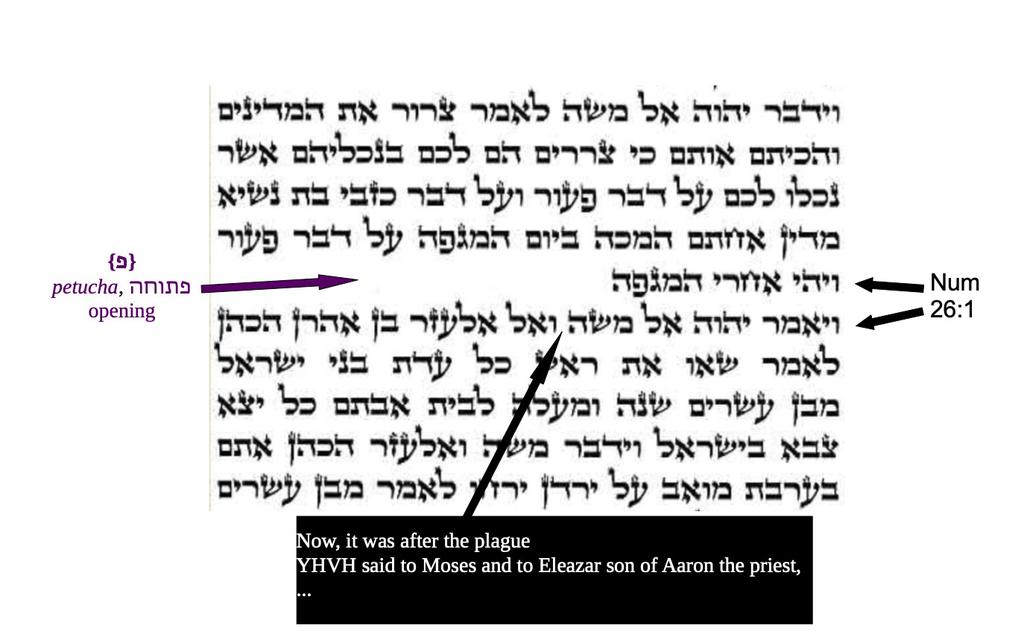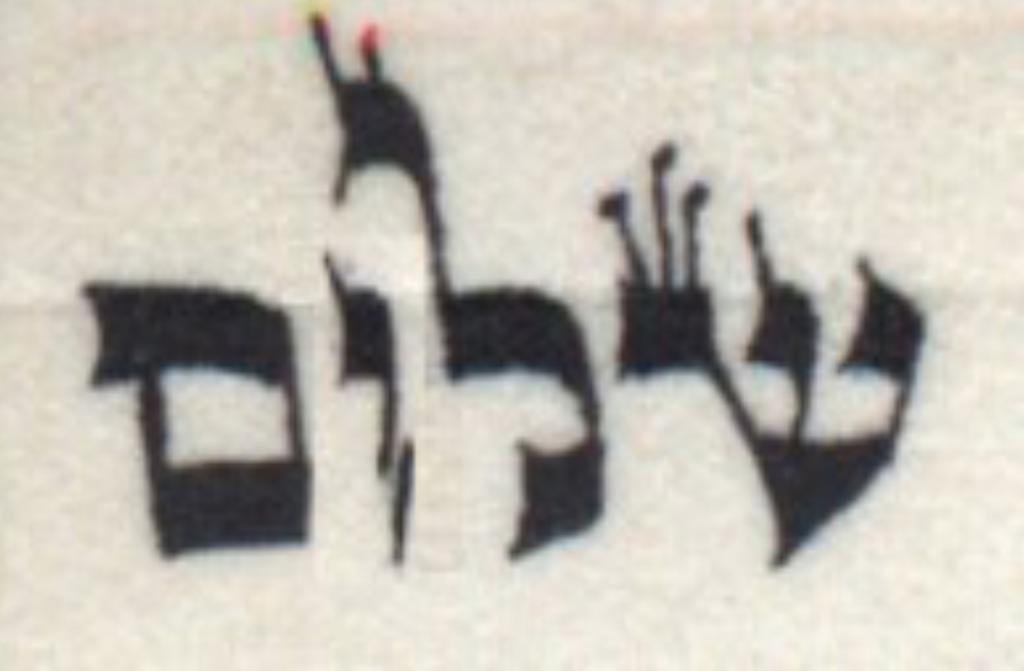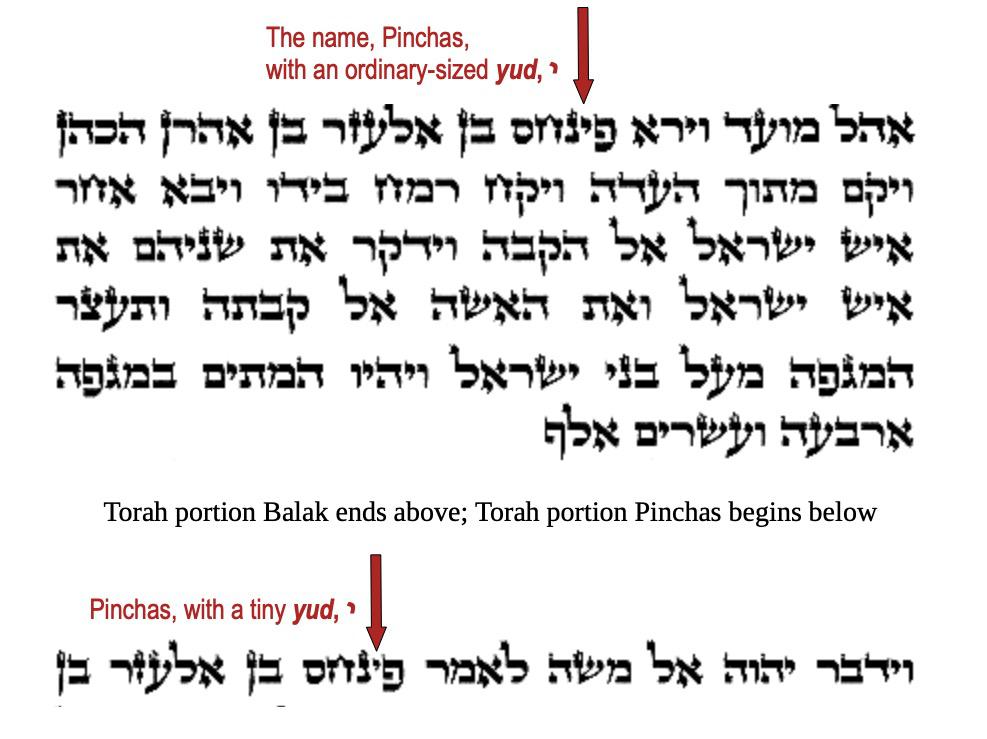Portion Break
Narrative Break
(יח) כִּ֣י צֹרְרִ֥ים הֵם֙ לָכֶ֔ם בְּנִכְלֵיהֶ֛ם אֲשֶׁר־נִכְּל֥וּ לָכֶ֖ם עַל־דְּבַר־פְּע֑וֹר וְעַל־דְּבַ֞ר כׇּזְבִּ֨י בַת־נְשִׂ֤יא מִדְיָן֙ אֲחֹתָ֔ם הַמֻּכָּ֥ה בְיוֹם־הַמַּגֵּפָ֖ה עַל־דְּבַר־פְּעֽוֹר׃
(18) for they assailed you by the trickery they practiced against you—because of the affair of Peor and because of the affair of their kinswoman Kozbi, daughter of the Midianite chieftain, who was killed at the time of the plague on account of Peor.”
(א) וַיְדַבֵּר יהוה אֶל־מֹשֶׁה לֵּאמֹר׃ (ב) נְקֹם נִקְמַת בְּנֵי יִשְׂרָאֵל מֵאֵת הַמִּדְיָנִים אַחַר תֵּאָסֵף אֶל־עַמֶּיךָ׃ (ג) וַיְדַבֵּר מֹשֶׁה אֶל־הָעָם לֵאמֹר הֵחָלְצוּ מֵאִתְּכֶם אֲנָשִׁים לַצָּבָא וְיִהְיוּ עַל־מִדְיָן לָתֵת נִקְמַת־יהוה בְּמִדְיָן׃ (ד) אֶלֶף לַמַּטֶּה אֶלֶף לַמַּטֶּה לְכֹל מַטּוֹת יִשְׂרָאֵל תִּשְׁלְחוּ לַצָּבָא׃ (ה) וַיִּמָּסְרוּ מֵאַלְפֵי יִשְׂרָאֵל אֶלֶף לַמַּטֶּה שְׁנֵים־עָשָׂר אֶלֶף חֲלוּצֵי צָבָא׃ (ו) וַיִּשְׁלַח אֹתָם מֹשֶׁה...
GOD spoke to Moses, saying,
“Avenge the Israelite people on the Midianites; then you shall be gathered to your kin.”
Moses spoke to the people, saying, “Let troops be picked out from among you for a campaign, and let them fall upon Midian to wreak GOD’s vengeance on Midian.
So a thousand from each tribe were furnished from the divisions of Israel, twelve thousand picked for the campaign.
Moses dispatched them on the campaign...
Verse Break
(ט) וַיִּהְי֕וּ הַמֵּתִ֖ים בַּמַּגֵּפָ֑ה אַרְבָּעָ֥ה וְעֶשְׂרִ֖ים אָֽלֶף׃ {פ}
(9) Those who died of the plague numbered twenty-four thousand.

Letter Break
"...My pact/covenant [briti] of שלום."

Internal Space

Built-In Distance
----------------------------------------------------------
See also What Plague? Why? Then What? on this platform. More related material at SongEveryDay: Gathering Sources on Pinchas and Tammuz: For Times Such as These, excerpt from For Times Such as These: A Radical's Guide to the Jewish Year. Rabbi Ariana Katz and Rabbi Jessica Rosenberg. Wayne State University Press, 2024.




